 |
| emonPi Raspberry Pi based energy monitor Kickstarter |
It's an exciting time for us; this week (on the 1st April, unfortunate timing!) we launched a Kickstarter crowd funding campaign for our emonPi Raspberry Pi based energy monitoring unit.
The emonPi has been in development for the past 12 months or so, if you have been lurking on the forums you have probably seen activity on the emonPi's open development forum thread. Thank you everyone who contributed.
The emonPi has been developed with input from the community, merging the monitoring unit and web-connected base station into a single easy to install and setup energy monitoring solution.
The emonPi is fully open source hardware and software. It's been designed for maximum hackability and customisation being built on a fusion of two popular open source hardware platforms Arduino and Raspberry Pi.
emonPi Technical Features
- Two channel CT monitoring with AC sample input
- Compatible with Raspberry Pi model A, model B, model B+ and Pi 2
- Arduino compatible ATmega328 with ability to remotely upload sketches vis Raspberry Pi Serial
- RJ45 DS18B20 on-wire temperature bus to allow many temperature sensors to easily be added using a RJ45 breakout board for heat pump monitoring applications
- PWM and IRQ I/O's on RJ45
- Status LCD with function push button
- Raspberry Pi shutdown button
- RFM12B / RFM69CW with SMA antenna to receive or transmit data from other sensor nodes
- Option to add OOK (on-off keying) transmitter footprint for controlling remote plugs etc.
- Option to add EEPROM to enable Raspberry Pi HAT compatibility (please get in contact if you have experience setting up Linux device tree).
- Open-source hardware, firmware and software
- High quality custom made, wall mountable enclosure
We had fun filming a Kickstarter promo video, demonstrating some applications of the emonPi, Emoncms and the OpenEnergyMonitor system installed around where we are based in the mountain of North Wales, UK.
Here's a video showing the emonPi installed and talking through how setup will work in practice. Having the LCD to show local IP address, status and uptime etc will no doubt make the system much more user friendly and accessible.
 |
| Please help us by sharing our Kickstarter page with interested parties |
We believe the opportunities and benefits of taking an open-source approach to smart monitoring and control challenges are significant; we hope to encourage others to start projects & businesses that also work towards a zero carbon future in an open way.
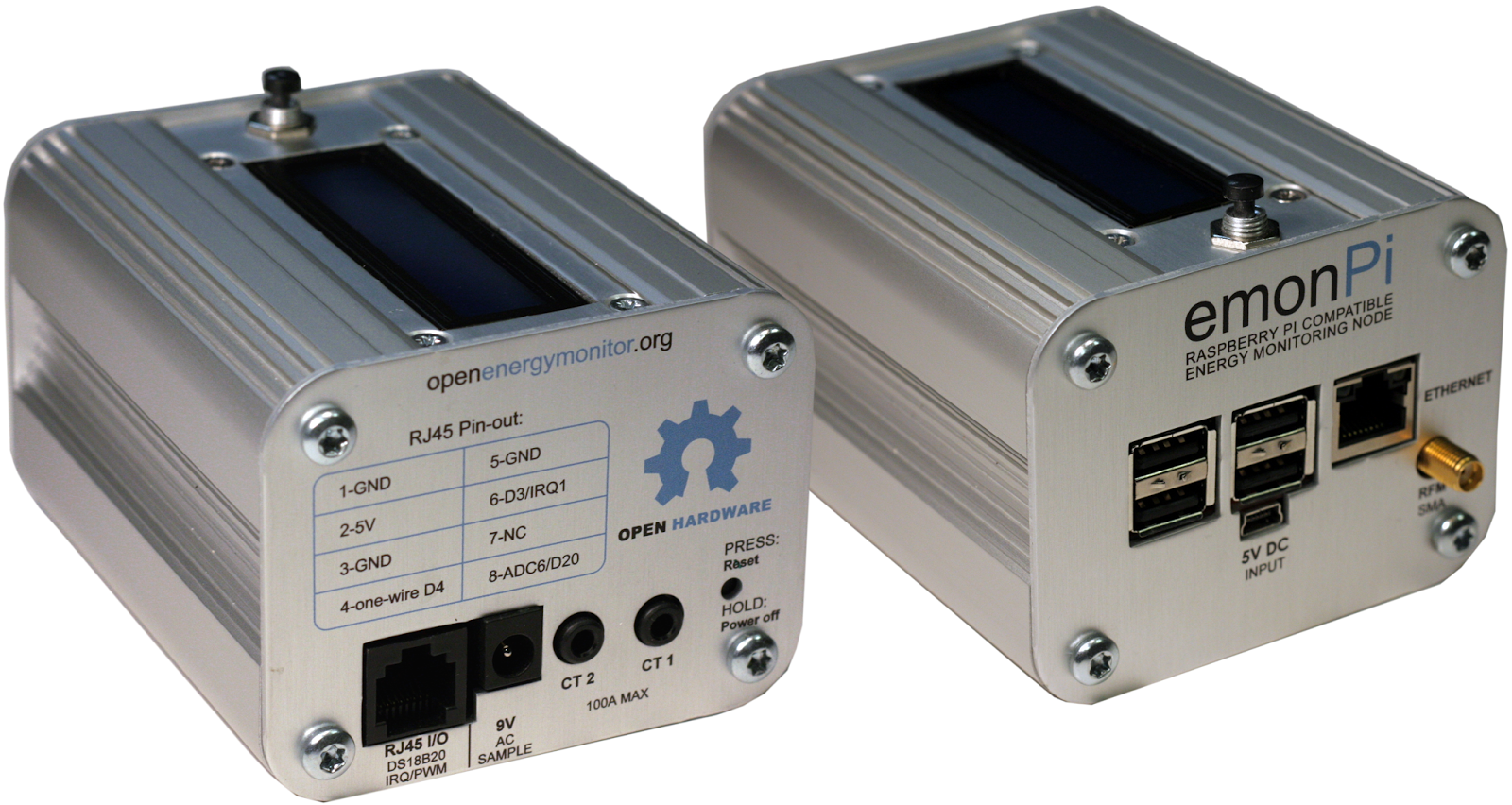
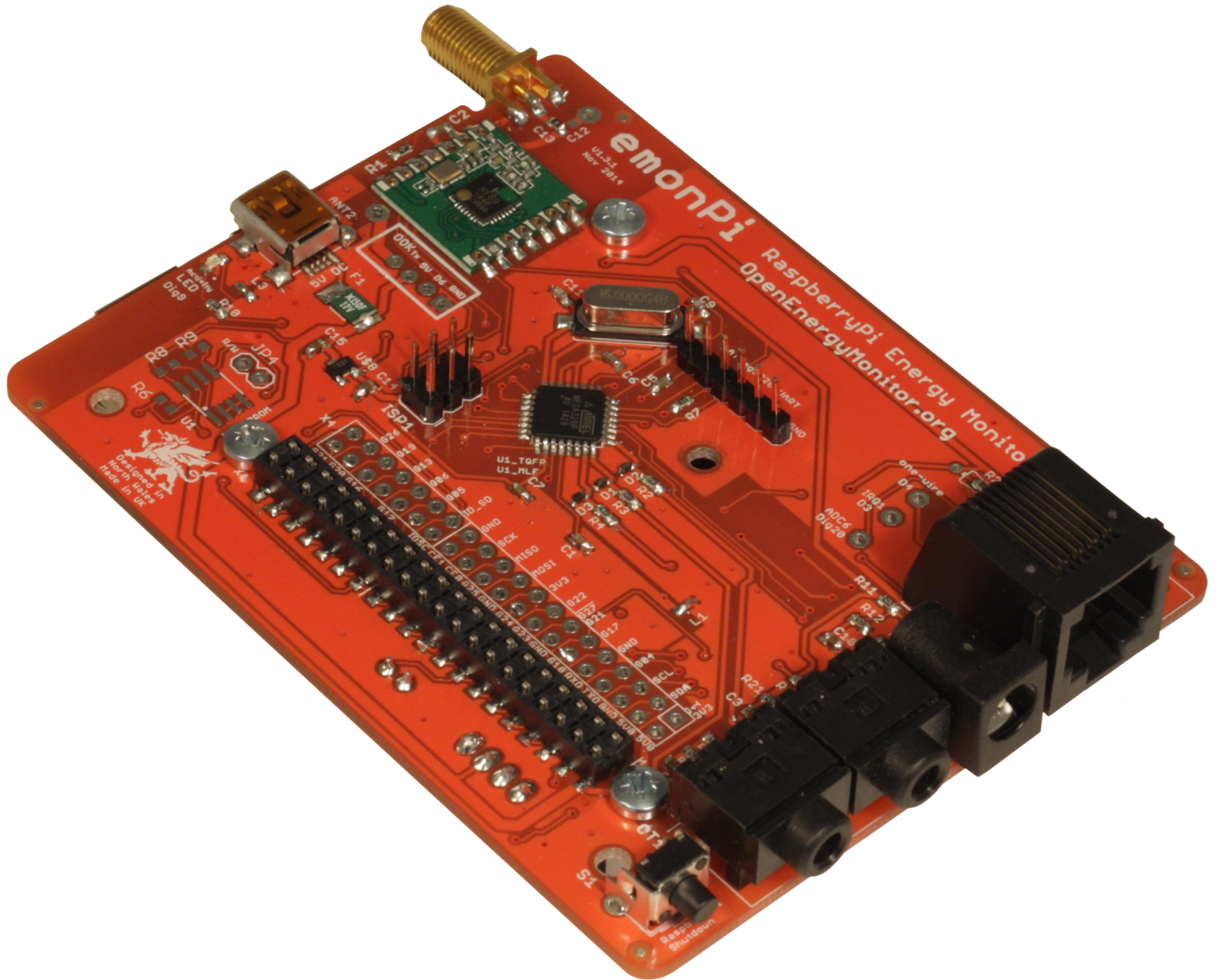.png)



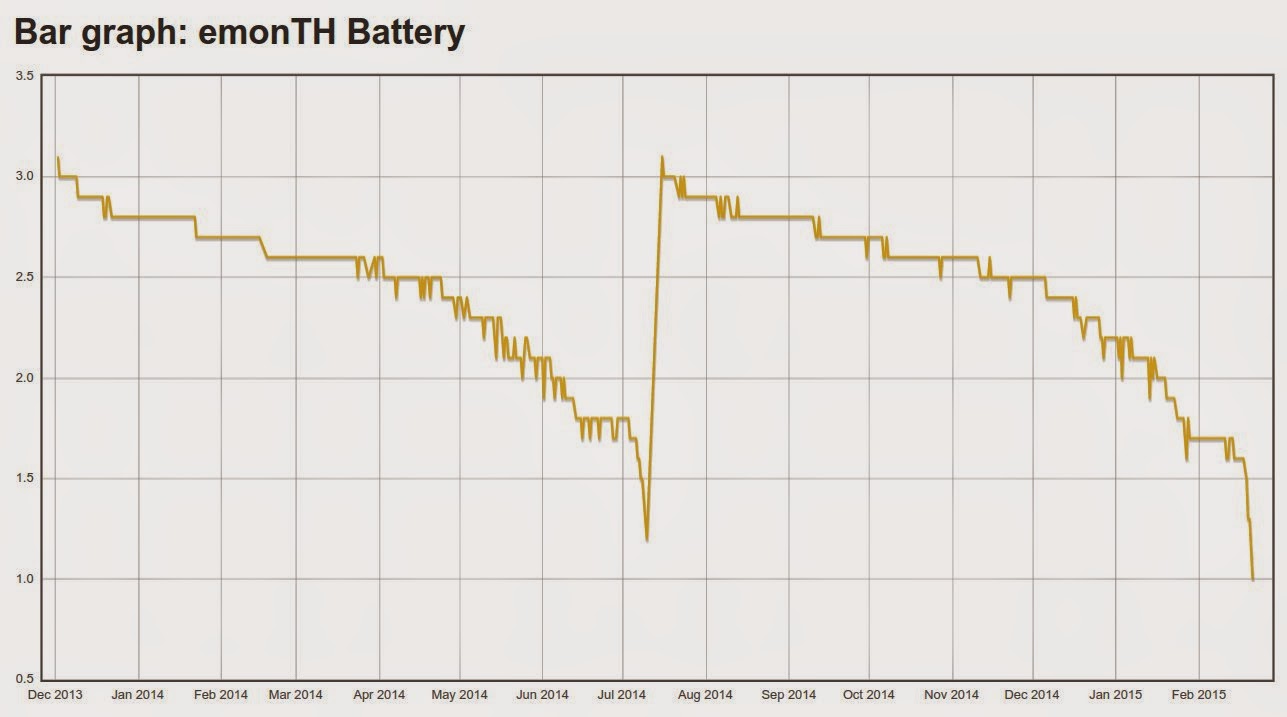

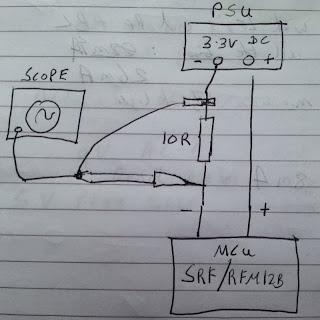









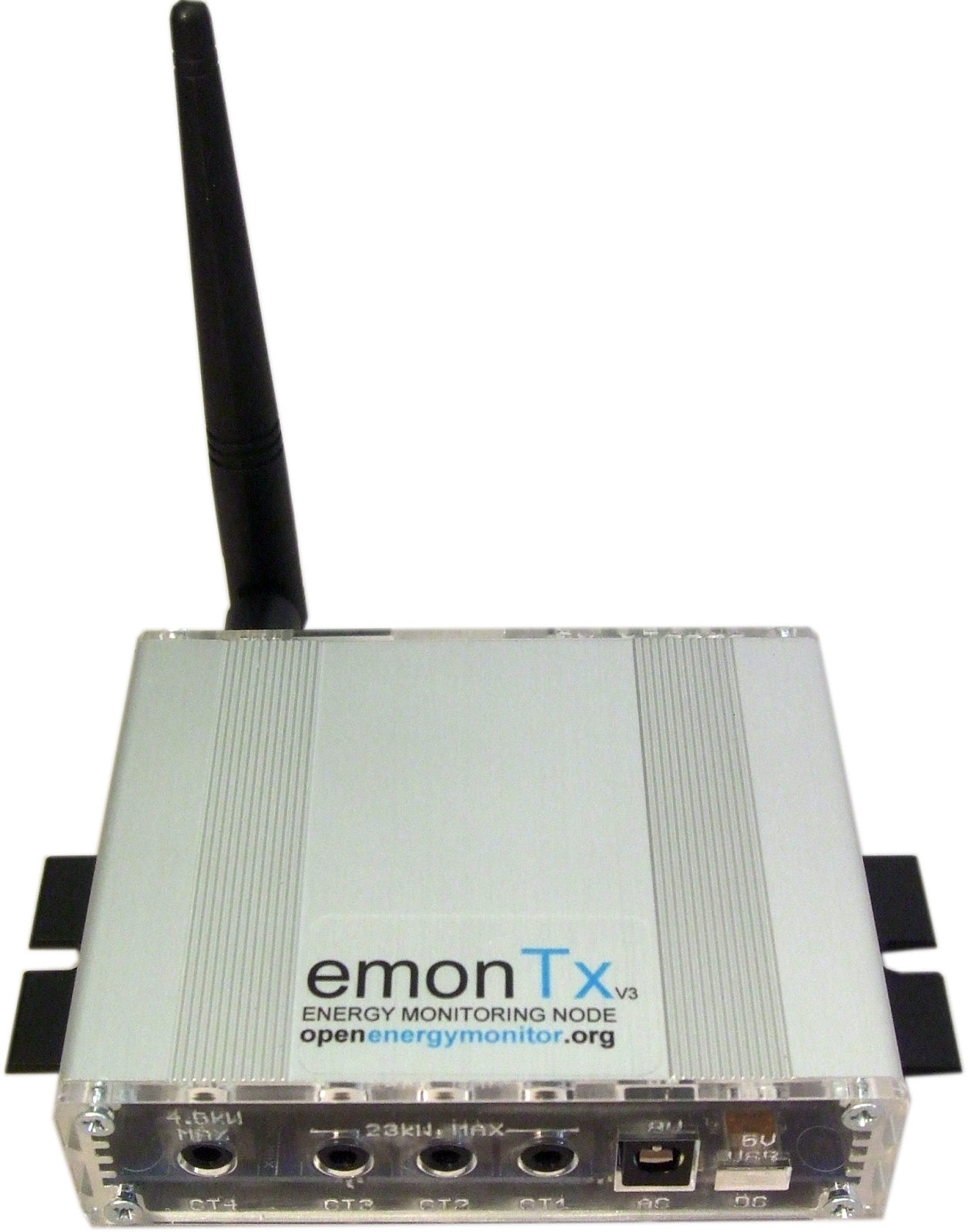





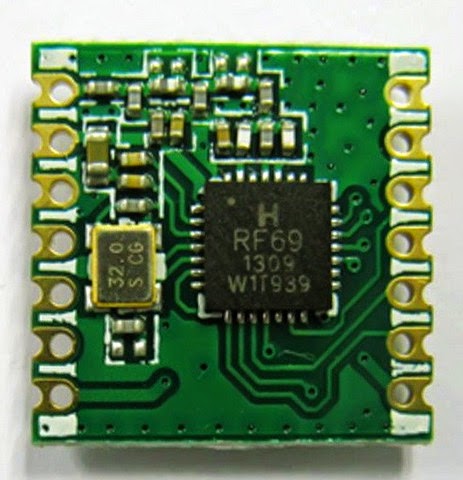
.JPG&container=blogger&gadget=a&rewriteMime=image%2F*)



